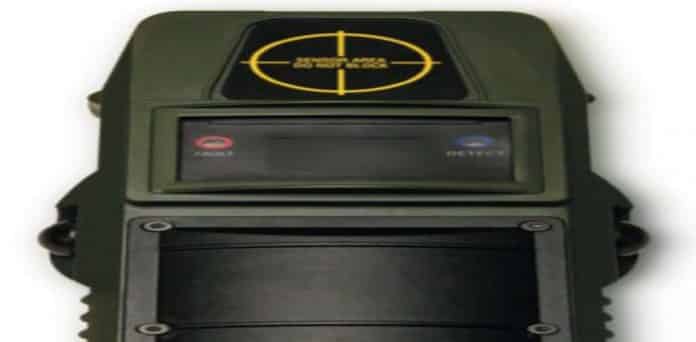Law enforcement agencies have been secretly equipping their officers with special Range-R radar devices that allow them to peer through the walls to detect movement on the other side, expanding the extent of government surveillance.
Agencies, including the FBI and the U.S. Marshals Service, have been deploying these radar systems for more than two years now with little fanfare in the news, the courts and absolutely no public disclosure of the manner in which these devices were used. This runs in the face of legal and privacy issues since the U.S. Supreme Court has said officers cannot use high-tech sensors to determine information about the inside of a person’s house without first obtaining a search warrant.
The radar devices operate like finely tuned motion detectors, using radio frequencies to zero in on movements as detailed as slight human breathing from a distance of more than 50 feet. They can detect whether anyone is inside of a house, where they are and whether they are moving.
Federal officials claim that the information from this device is essential for keeping officers safe if they need to storm buildings or rescue hostages. However, privacy advocates and judges have expressed concern about the unlawful circumstances in which law enforcement agencies may be using the radars and so far have done so without public scrutiny.
Christopher Soghoian, the American Civil Liberties Union’s principal technologist has quoted:
“The idea that the government can send signals through the wall of your house to figure out what’s inside is problematic, Technologies that allow the police to look inside of a home are among the intrusive tools that police have.”
Agents’ use of the radars was unknown until a incident in December 2014, when a federal appeals court in Denver released information on officers that had used the radar technology before they entered a house to arrest a man who was wanted for violating his parole. The judges expressed objection that officers had used the new radar technology without a search warrant, stating that
“the government’s warrant less use of such a powerful tool to search inside homes poses grave Fourth Amendment questions.”
Federal contract records show the Marshals Service began buying the radar device back in 2012, and to-date have spent at least $180,000 on the devices. The device is called Range-R, looks like a sophisticated stud-finder. Its display shows whether it has detected movement on the other side of a wall and, if so, how far away it is — but it does not show a picture of what’s happening inside. The Range-R’s maker, L-3 Communications, estimates it has sold about 200 devices to 50 law enforcement agencies at a cost of about $6,000 each.
Patrick Rodenbush, the Justice Department spokesman said officials are reviewing the court’s decision.
He said:
“The Marshals Service routinely pursues and arrests violent offenders based on pre-established probable cause in arrest warrants for serious crimes.”
Other radar devices have more advanced capabilities, which include three-dimensional displays of where people are located inside a building. Some are capable of being mounted on a drone. The Justice Department has even funded research to further develop these systems to map the interiors of buildings and locate the people within them.
Regardless of the legal issues, these devices are still being purchased and used while the courts are debating the legal ramifications of this device.

